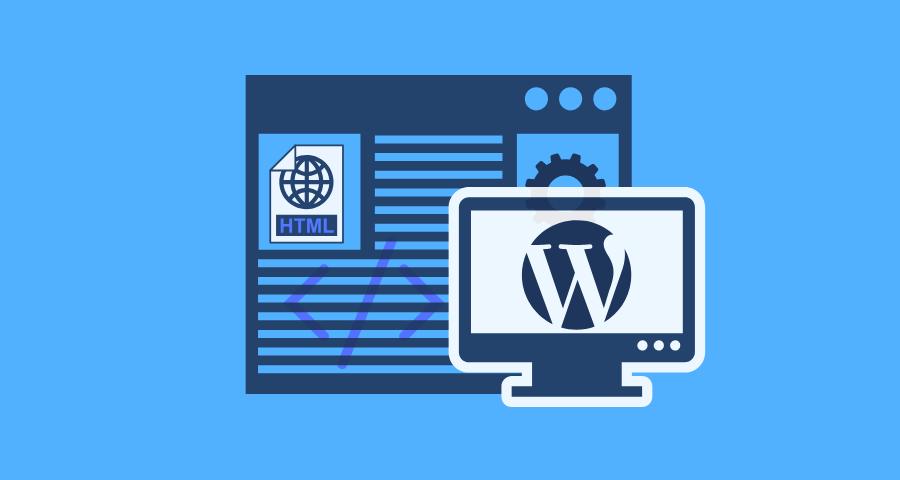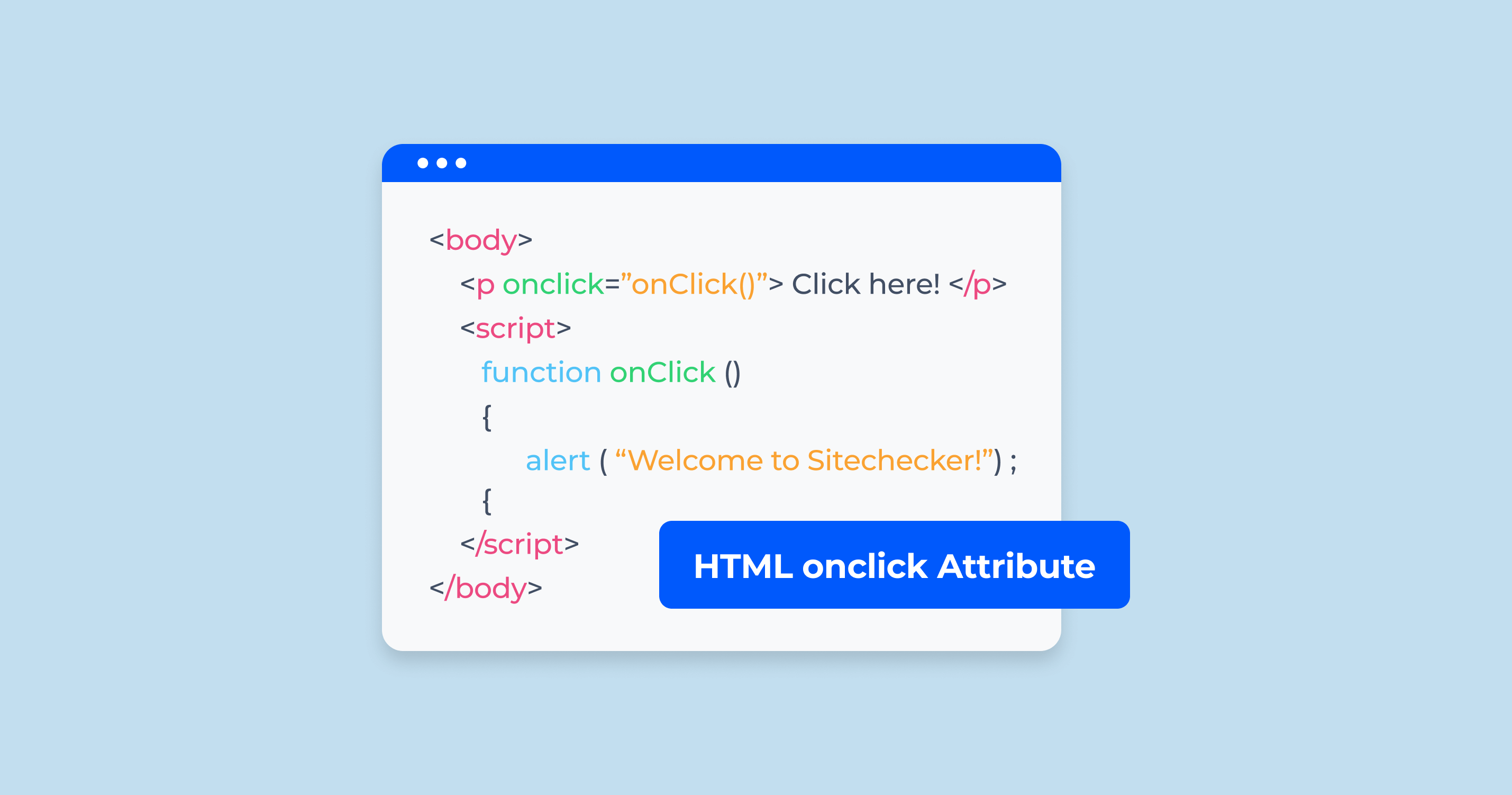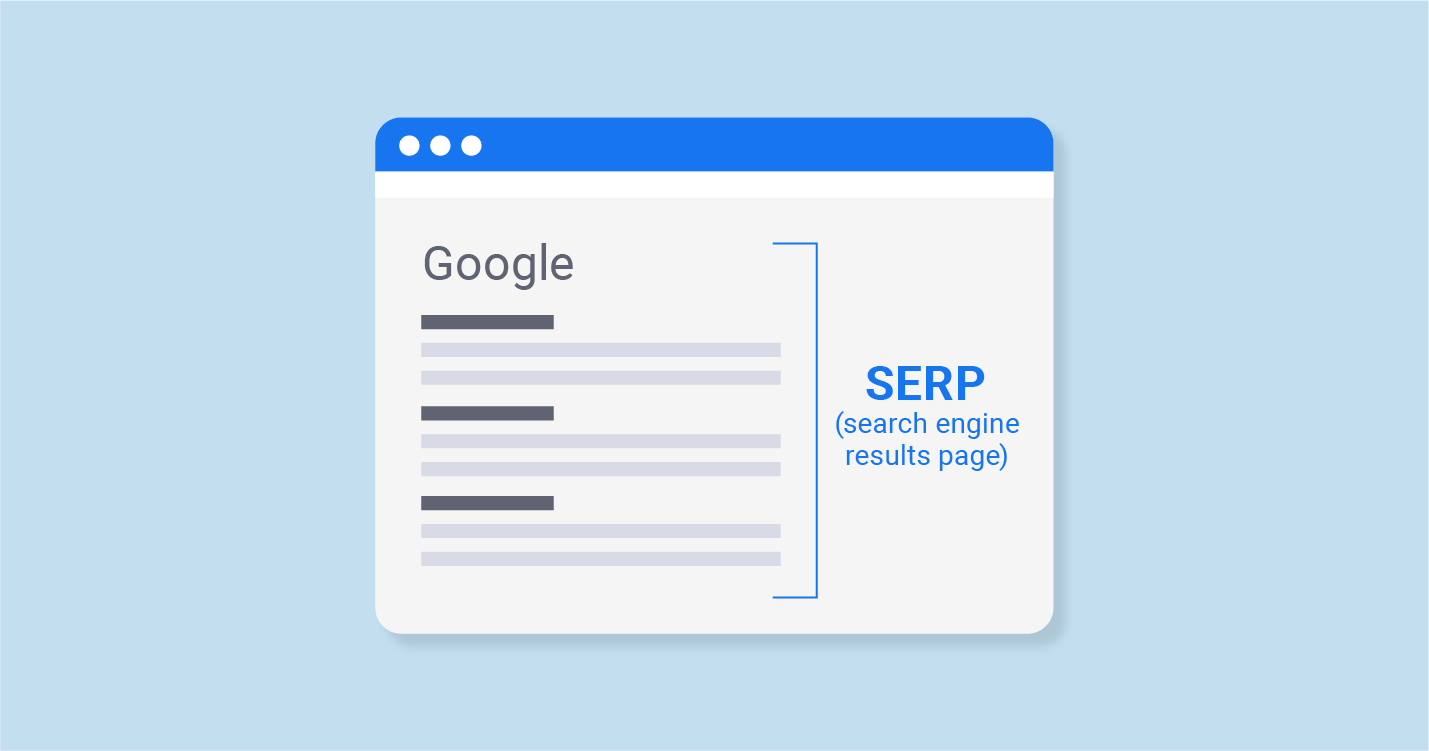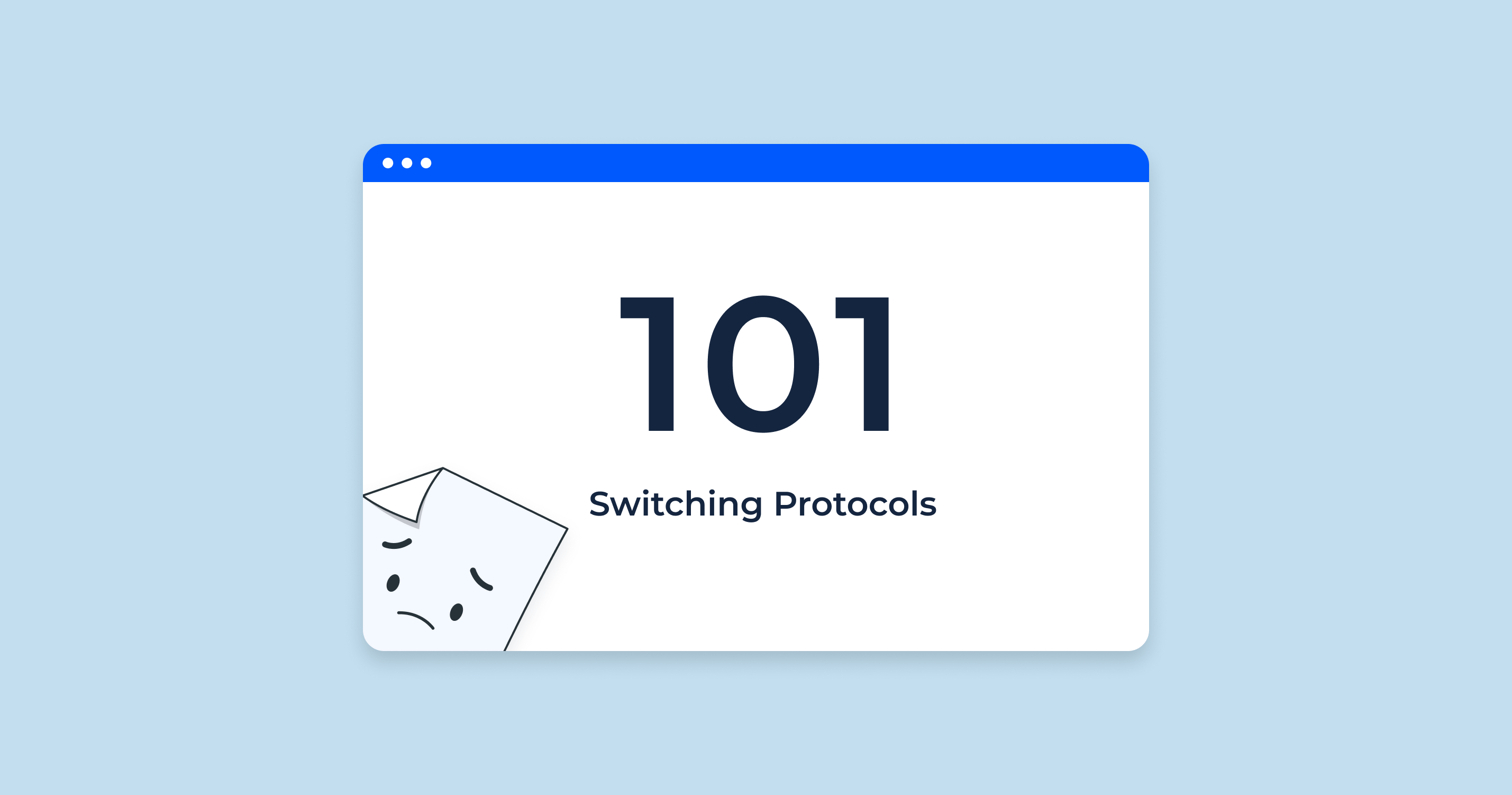Disculpa, pero esta entrada está disponible sólo en English.
Ivan Palii
Experto en marketing
Ivan trabaja como especialista en marketing de productos en Sitechecker. Obsesionado con la analítica y la creación de una estrategia comercial para productos SaaS. Leer toda la biografía









